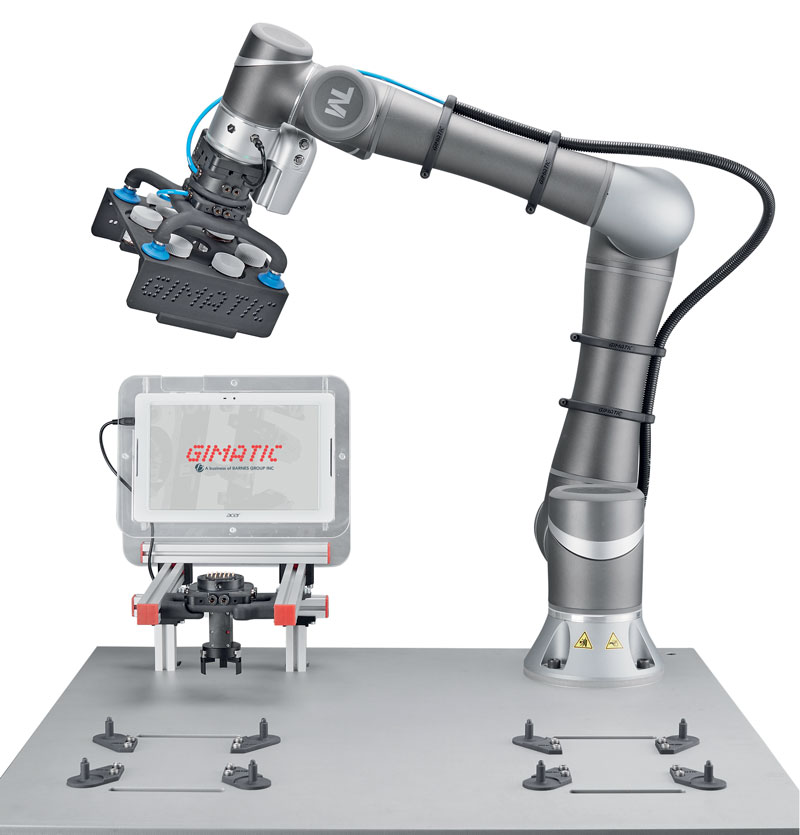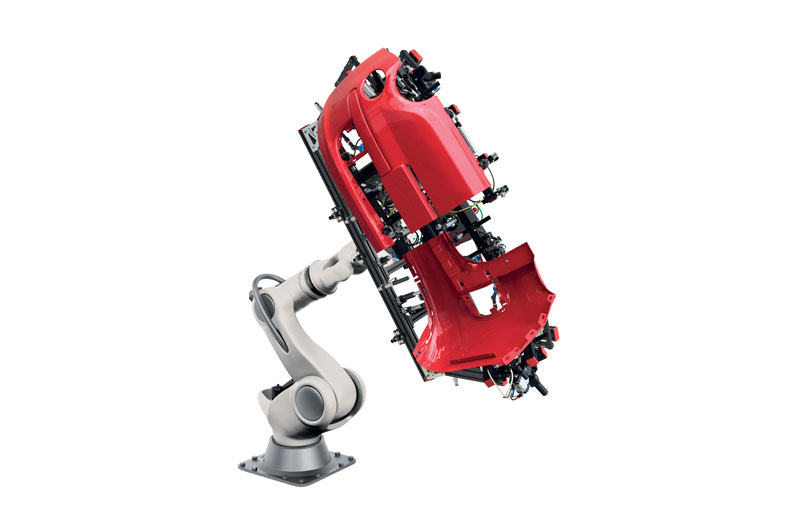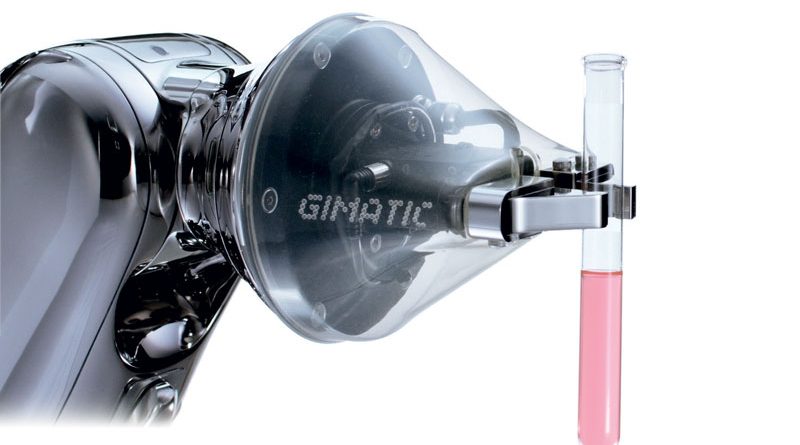Co-Engineering in the Mechatronics Field
For the actuation of the gripping systems developed by its Mechatronics Division, Gimatic turns to MICROingranaggi. The co-engineering work recently involved two innovative and technologically advanced solutions which include integrated electric motors: a totally electric gripper and a totally mechatronic tool change system, both designed for collaborative robots.
by Elena Magistretti
Gimatic is a company based in Brescia specialized in manufacturing gripping systems for automation; we are talking about the “hands” of both industrial and collaborative robots (cobots).
Gimatic mainly targets the automotive market, a sector which traditionally acts as a driving force for innovation and which incorporates in a significant way all that concerns robotics and automation.
The automotive sector accounts for 50% of Gimatic’s turnover; the remaining 50% is generated by automation in general (automated solutions, even without the use of robots), and the medical, electronics and farming sectors.
Since the year of its foundation, in 1985, Gimatic has been dealing with pneumatic components, including grippers, which open and close thanks to compressed air.
In 2012 the company created a Mechatronics Division, originally dedicated to the medical sector, within which gripper systems driven by electric motors are manufactured. To date, this division is still relatively small, but with a very high growth potential considering the annual increase in turnover, which reaches almost 50%.
And it is precisely the mechatronics trend that brought Gimatic start off an interesting and stimulating collaboration with MICROingranaggi.

The electric motor drives the gripping system
The solutions developed by Gimatic’s mechatronics division include a mechanical gripping system; however, the grippers are no longer driven by a pneumatic piston, but by an electric motor, which in many cases require mechanical gears.
“Since MICROingranaggi specializes in the design and manufacture of precision mechanical and electromechanical micro-components,” Stefano Garavaglia, Managing Director of MICROingranaggi, explained, “we were able to provide Gimatic with the added value it was unable to achieve in-house. The co-engineering work we carried out with Gimatic’s technical department focused on two innovative and technologically advanced solutions including integrated electric motors as well as gears positioned between the motor and the gripping system. The first one is a fully electric gripper, available for use and compatible with collaborative robots.
It is a gripper certified for the pharmaceutical sector, but which can also be used in other application contexts. The gripper has a long stroke, that is, it is characterized by a fairly wide finger opening, allowing the user to handle different objects, thereby adapting to various application requirements.
The second is a fully mechatronic tool changing system: an electrical actuator allowing the robot to change the gripper automatically, replacing it with one suitable for another type of machining. This is the world’s first electrical tool change actuator, certified for use in clean rooms and for working with collaborative robots.

Collaboration from design to production
In both cases the support that MICROingranaggi provided to Gimatic concerned the design and optimization phases of the products, moving on to sampling, assembly, functional tests of the component inserted in the
Gimatic solutions, and finally to the production phase.
“As is the case for many of the projects we follow – Garavaglia concluded – it was a great challenge in which we were involved from the very beginning and which allowed us to explore unconventional solutions, for instance, the realization of some parts of the products destined to Gimatic solutions by combining steel and technopolymers”.

